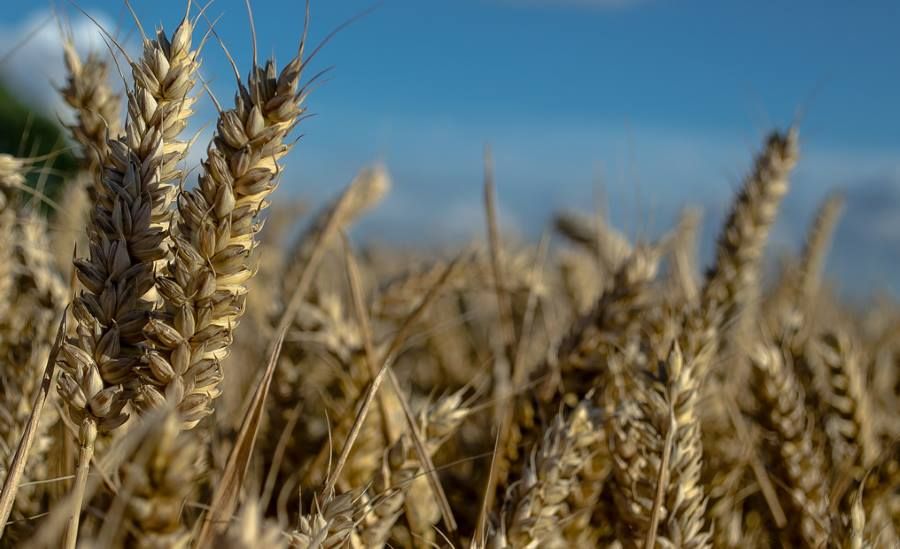Scientists have decoded the wheat genome

Scientists have decoded the wheat genome
Thanks to wspohe collaboration of more than 200 scientistsow from around the world and 13 years of work, managed to learn the complete genome of wheat. Last Friday, the International Wheat Genome Sequencing Consortium (IWGSC) published a detailedołowy description of the wheat genome in the journal „Science”.
Wheat is the most widely grown crop on Earth. It provides more protein than meat in the human diet, and its consumption provides humans with about one-fifth of the calories. It contains roAlso vitamins and minerals. For about 30 percent of the. dwellingsoIn Earth, it is a staple food.
Wheat has roalso a large and complex genome with 16 billion base pairs. This is more than five times the size of the human genome. Therefore, researchers believed that sequencing its genome could be an insurmountable obstacle. This is because it consists mostly of repetitive elements of theow. This means that huge parts of the genome are very similar, if not identical. This has made it difficult until now to odrożnić each sub-genome and combine the genome in its correct order.
The organism’s genome is similar to the particularoof the roadmap, whichory contains all the necessary information needed to build and maintain its.
Learning about the complete wheat genome was an important goal because, as the most widely grown crop worldwide, it is essential for food security. Recent heat wavesow w pohe northern Europe, Asia and Canada will have a serious impact on wheat yields in 2018.
To meet the future needs of the world’s estimated population ofoin 9.6 billion inhabitantsow by 2050, wheat yields must increase by 1.6 percent. annually. Due to the protection of biorodiversity and other resourcesow, it is not about increasing areaoin the crop, but to improve the quality of the wheat itself.
Wheat is susceptible to drought or roDiseases, such as, for example, grain rust. Knowing its complete genome paves the way for much faster production of wheat varieties adapted to climatic challenges, with higher yields, disease resistance, better nutritional quality and improved shelf life.
– Over these 13 years, technology has really advanced. Suddenly, what was once literally impossible looked achievable. Things thatore took years, can now be done overnight – said Rudi Appels, whoory joined the IWGSC more than 10 years ago.
Appels also acknowledged that this achievement may ultimately pomoc in the diagnosis and treatment of allergies and diseasedob associated with wheat and in wheat production with lower levels of proteins thought to be responsible for the occurrence of certainorychob.
IWGSC researchers used classical mapping methods and the latest DNA sequencing technologies to sequence the wheat genome. Sequence data were collected and organized along the 21 chromosomeow using highly efficient algorithmsow, and genes were identified using dedicated softwareoin computer.
In a publication on the „Science” The exact location of 107,891 genoin and more than 4.7 million markersoin molecular, as well as sequence information between genes and markers thatore contain elements that affect the expression of genow.
– I am very excited. After 13 years of efforts with our entire community, we have reached our mainowny target. Vision, whichowe had, is becoming more and more specific. We have a high-quality reference sequence thatora could be used to accelerate research and breeding of wheat – explained Catherine Feuillet.
SourceoSource: Science Daily, The Guardian, fot. CC BY 2.0/ Brad Higham/ Flickr




